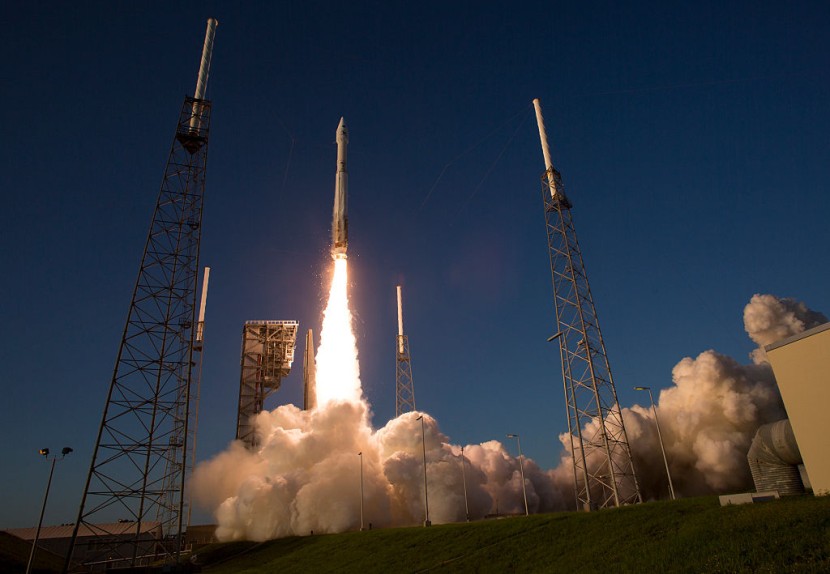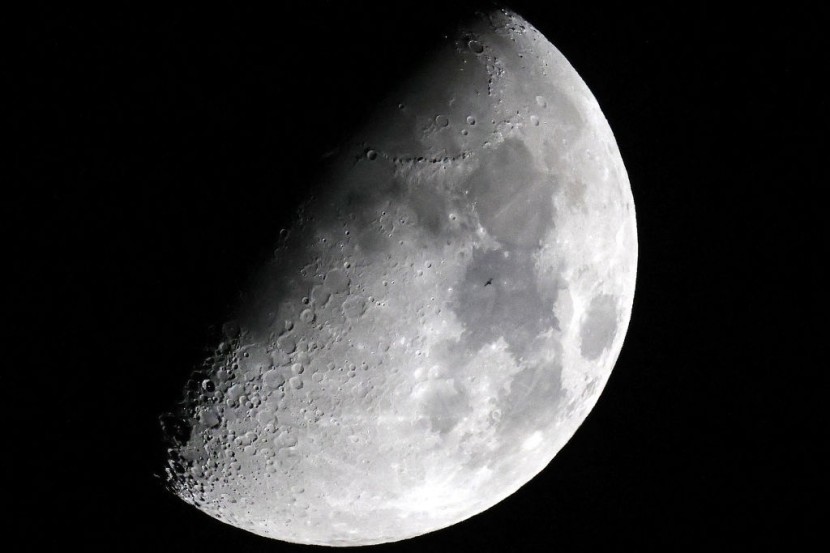The Luna-25 spacecraft, Russia's first lunar mission in almost 50 years, crashed into the moon, according to the space agency.
'Collision With the Lunar Surface'

According to The Washington Post, the Russian space agency Roscosmos reported an "emergency" while attempting to reach a pre-landing orbit on Sunday, August 20, in preparation for a lunar landing the next day.
Roscosmos said that after losing communication with the unmanned spacecraft and subsequent attempts to find it, an initial investigation concluded that the craft "ceased to exist as a result of a collision with the lunar surface." An interdepartmental panel would examine the reason for the crash.
According to the agency, the spacecraft crashed because it reached an orbit that was not regulated and thus differed from the one originally predicted.
In a statement released by Roscosmos on Saturday via messaging app Telegram, the agency transmitted a directive at 2:10 PM Moscow time to instruct the lander to enter the pre-landing orbit. However, an emergency aboard the space probe prevented it from completing the maneuver within the needed limits.
On August 11, the spacecraft lifted off from Russia's Vostochny Cosmodrome in the far eastern Amur area, and last Wednesday, August 16, it reached the moon's orbit.
Images of the Zeeman crater on the moon were sent back. Its landing was scheduled on Monday, August 21, two days before an Indian mission was scheduled to touch down. They are competing with nations like the US and China, who are also eager to establish a presence on the moon.
Also Read : Russia to Launch First Lunar Lander in 50 Years, Evacuates Village in Preparation of Booster Crashes
Race to Moon's South Pole

Moscow's goal was to beat out other countries in a race to the moon's south pole and claim the title of the first nation to land there smoothly.
The Russian lander is equipped with a scoop on the end of a robotic arm that is 1.6 meters (5 feet, 3 inches) in length. The scoop is meant to collect rocks, soil, and dust. As part of a quest to better understand the lunar south pole, where NASA and other organizations have found evidence of frozen water, it was designed to function on the surface for a whole year.
The Washington Post said that having access to that ice is crucial for any human settlement since the water can support life. Moreover, its component elements (hydrogen and oxygen) may be utilized as rocket fuel, possibly establishing the moon as a springboard to other regions of the solar system.








